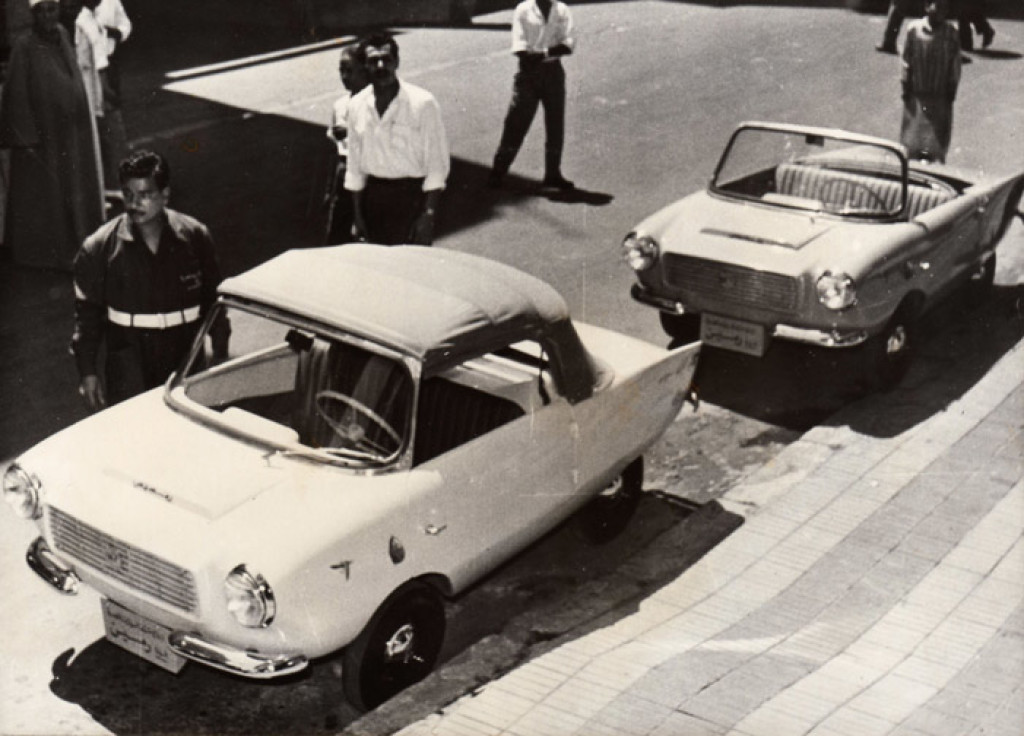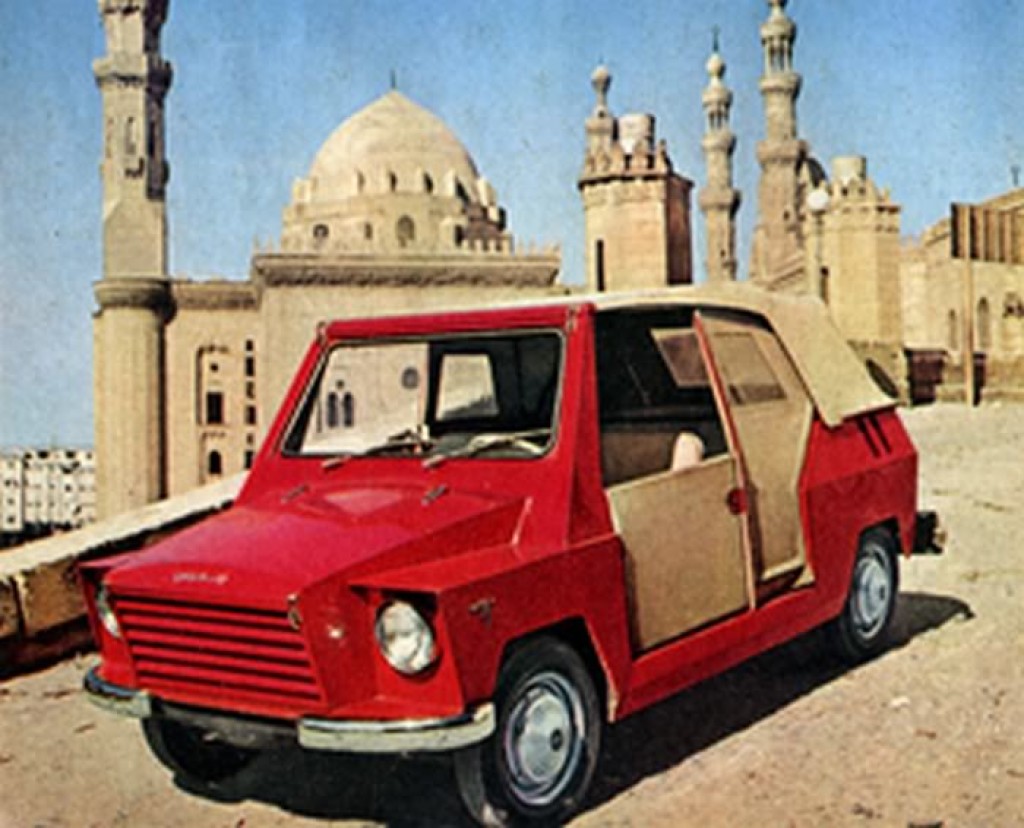By 1959 the relationship between Britain and Egypt was improving, the main issues were being resolved and an agreement had been reached that British property which had been sequestrated by Nasser would be returned to the owners and assets that had been nationalised would be compensated from Egyptian government funds frozen in London. Whilst this fell woefully short of their real value it did mean that former residents could now return to Egypt.
They did so however with far less influence than before as control of trade and industry was now firmly in Egyptian hands
Before the Suez crisis there had been ambitions to create a home-based Egyptian car industry rather than rely on imported vehicles and post-crisis those ambitions once again came to the fore.
Because of his former involvement with The Cairo Motor Company, Raymond Flower was approached to see if Frisky Cars could be built in Egypt and was told that Nasser would like to inspect a car. A red FriskySport was taken from a stock in Alexandria its Frisky logos replaced with arabesque scrolls and the speedometer overpainted with Arabic numerals. The car was then delivered to Nasser.

He spent over an hour inspecting and testing the car and whilst doing so revealed that he was once an instructor of engineering at the military academy. He approved but wanted some modifications made. The chain drive was to be replaced by shaft transmission and the bodywork extended to carry more passengers. If this was done he would give the project his personal backing and would require it to be called "The Ramses"
25 cars were shipped to Alexandria in time to be displayed in Liberation Square in Cairo for the 23rd July 1959 celebrations. They were hailed as "The All-Arab peoples car" and a company "Egyptian Automotive" was formed to build the Ramses.

Near to the Pyramids, a hundred-acre site was allocated for the Ramses factory and building commenced. There was to be no other small car to be produced or imported into Egypt, the Ramses was to have a monopoly in the UAR.
The Egyptian Minister of Commerce, Dr Mohammed Nasr, with colleagues, visited the Frisky factory in Wolverhampton and were introduced to Henry Stone before being shown around the production and assembly lines.
The visit was a success and resulted in Frisky Cars receiving an order covering components for the first 10,000 cars which represented the first two years of Egyptian Automotive's Ramses build programme.
This was one of the first major deals since the Suez crisis and all seemed to be going well until Whitehall vetoed the deal. A licence to ship the parts was refused.!!!
Derek Flower went to see the President of the Board of Trade who said that the Egyptians were dragging their feet over freeing British properties and he intended to play "tit for tat".
Also, Her Majesty's government was not prepared to abet Nasser's spurious boast of producing a national car.
Egyptian Automotive's reaction was to promptly negotiate a similar agreement with NSU Germany. So instead of a being a Frisky, the Ramses became a disguised NSU Prinz
The factory by the Pyramids was nationalised and went on to produce cars for many years.

So ended all dreams and ambitions of The Frisky becoming a car for Egypt.
John Meadows April 2012
Once again I am deeply indebted to Raymond Flower for all the information he has provided which has enabled me to give this account of the Egyptian Frisky project for the benefit of all enthusiasts of the Frisky Car.